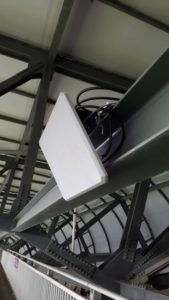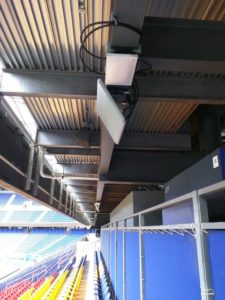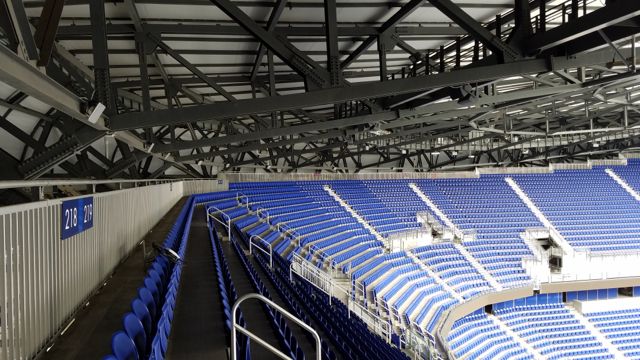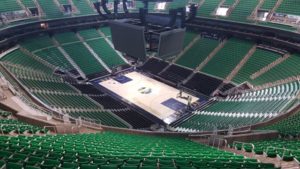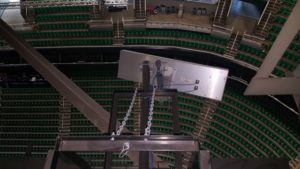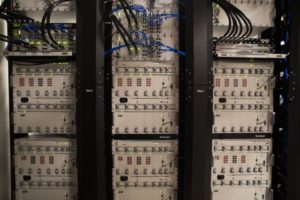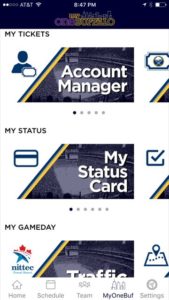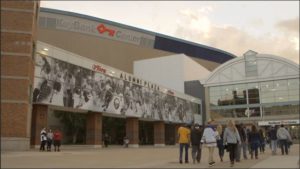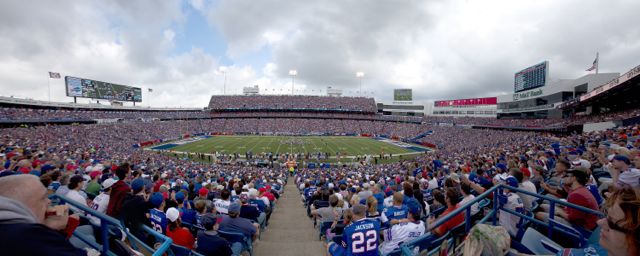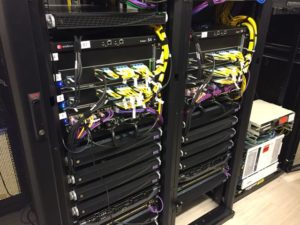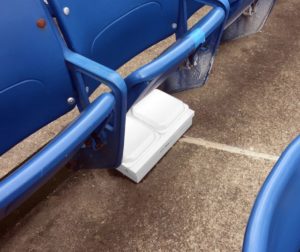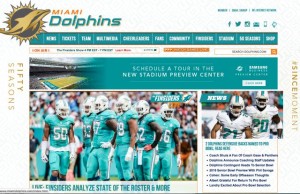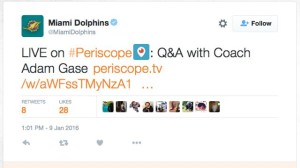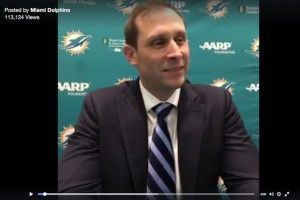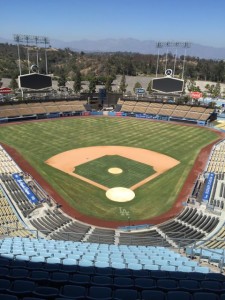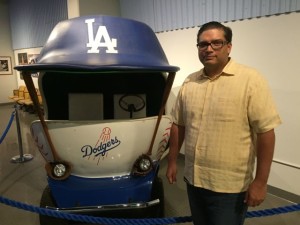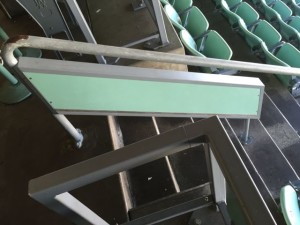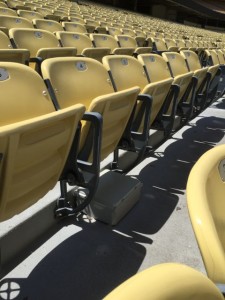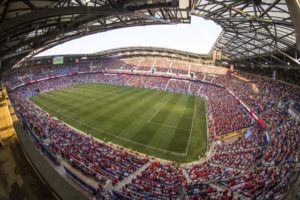
The New York Redbulls take on NYCFC at Red Bull Arena on Sunday night May 9, 2015 in Harrison, NJ.
Ben Solomon/NYRB
Teams and stadium owners like to say their technology improvements are intended to improve fan experience. The Red Bulls are no exception, but Peter Katic, senior director, IT and arena systems for the team, said there were other issues driving the Wi-Fi upgrade. Mostly, the team wanted technology that wouldn’t need to be supplemented or gotten rid of in a couple years. “We didn’t want to have to keep changing the cores or access points and doing site surveys,” Katic said. “We wanted something that would evolve with us, and after months of research we found the Cisco Meraki solution really fit the bill.”
Red Bull Arena is relatively new by sporting standards; it opened in 2010 on the banks of the Passaic River in New Jersey and seats 25,000. But the venue has never had fan-facing Wi-Fi. On the corporate side, the organization uses Aruba/Hewlett Packard for its wireless connectivity needs but keeps that network separate from fans.
In tandem with the new Wi-Fi installation, the Red Bulls bought Cisco switches for the entire venue’s networking requirements, and layered on the Meraki wireless gear. The new network, including 172 APs, went live this past March, Katic added.The Red Bulls partnered with Safari Telecom for the heavy lifting part of the technology upgrade. “One of our biggest challenges was the I-beams and side beams on the sections of the lower bowl,” Katic said. Safari custom-built clamps and anchors for mounting the APs, since drilling through the beams wasn’t an option. “Safari did a great job working in subzero temperatures during the offseason, mounting this stuff and getting it activated for our first event,” an international mini-tournament, not a Red Bulls game, he said.
All the Meraki APs were mounted overhead, avoiding the extra cost of under-seat APs. “There wasn’t really a business need to mount APs underneath the seats to provide coverage to patrons, not to mention the additional resources and labor,” he explained, adding that Red Bull is a company that values aesthetics. “We’re a premium brand… even the color of the AP really fit into the stadium aesthetic.”
Red Bulls fans like iPhones
Editor’s note: This profile is an excerpt from our latest STADIUM TECH REPORT, our Summer 2017 issue that has in-depth profiles of network deployments at the Atlanta Braves’ new SunTrust Park, the Colorado Rockies’ Coors Field, and even a profile of a new Wi-Fi network for Westfield Century City Mall! DOWNLOAD YOUR FREE COPY of the report today!
The Red Bulls are already taking advantage of the Wi-Fi system’s native applications – things like analytics; total data downloads and uploads; identification of device types used by patrons as well as the websites they visit.
“Facebook seems to be the king here, but fans are also on YouTube, Snapchat and Twitter,” Katic said. More than two-thirds of fans — 68% — use iPhones. “That’s an interesting statistic, especially for the app, which will need to be optimized for the iPhone,” he added.So far, the highest number of connected users for a single game has been 3,200, with a peak rate of 2,400 simultaneous users. The arena’s Wi-Fi system is engineered with a take rate of 40 percent, and fans are getting upload and download speeds ranging from 40 to 80 Mbps during events, according to Katic.
“We’re always tweaking it, but the Wi-Fi performance has been better than we expected,” he said. At a recent match, fans downloaded about 490 GB of data and uploaded approximately 145 GB, according to figures Katic pulled off the Meraki dashboard, which he judged easy to use. “You don’t need to be an IT guru to get into the dashboard or run the analytics.”
There’s also a free API in the Cisco Meraki solution that allows the Red Bulls to add features and capabilities as needed. Though the Red Bulls haven’t tapped the API just yet, they’ve got lots of plans. “We intend to use the API for our splash page, target marketing, wayfinding, in-venue engagement, and loyalty and revenue-driving campaigns,” Katic said. “In this way, we really provide the fans what they want.”
There’s no companion app at the moment, but that’s likely to change. “We’re looking at it, but MLS is going to be launching a league-wide app for all the teams,” Katic added. It’s another smart way to build and deepen connection with Red Bull fans.
A good look at Wi-Fi deployments in the Red Bull Arena upper seating.
